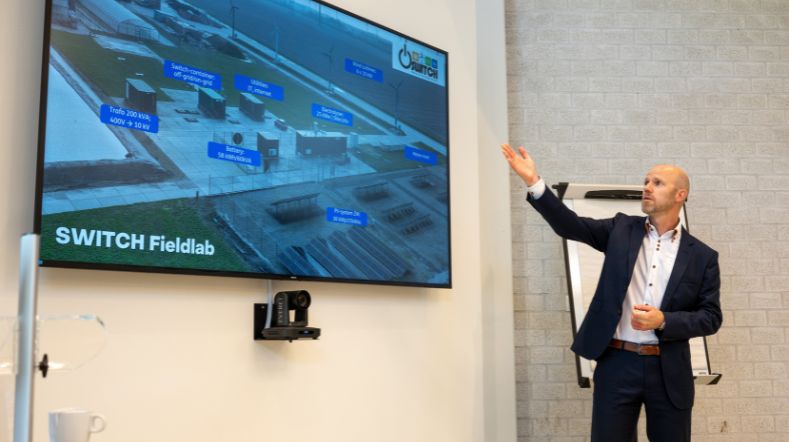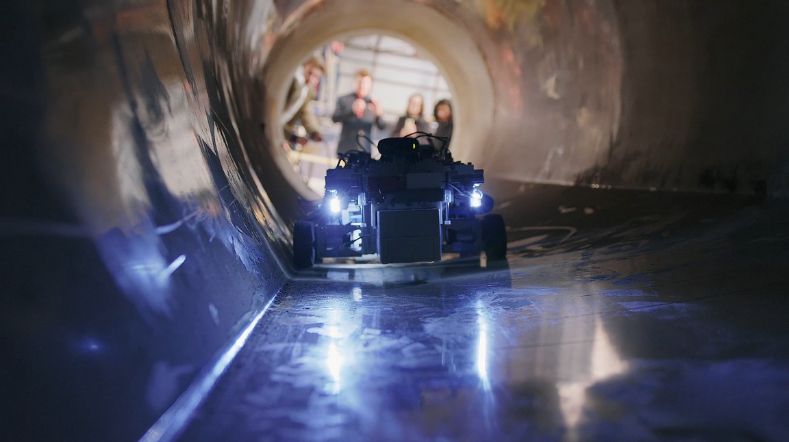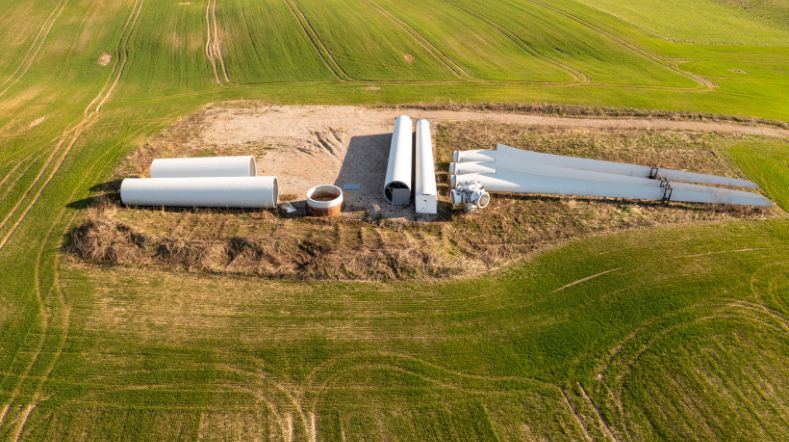
Digitisation improves the design and maintenance of wind farms
For the design of wind turbines and the subsequent efficient operation of wind farms, TNO uses the latest digital technologies. Two examples are artificial intelligence (AI) and so-called digital twins. Increasingly more powerful computers and super-fast network connections offer new digital opportunities for smart design and maintenance.
Real-time monitoring
For example, we are investigating how so-called digital twins of wind turbines and wind farms can be used to monitor turbines and entire wind farms in real time. A digital twin is simply a copy on a computer of an existing turbine or wind farm. The copy tries to reflect reality as closely as possible in order to be able to predict effective maintenance. This technique is also successfully applied in other sectors and there is a great deal of interaction with other knowledge domains at TNO such as ICT.
Predicting maintenance reduces costs
It offers numerous new opportunities for wind energy. The digital copy operates in the computer model synchronously with the wind turbines. The wind turbine continuously transmits measurements from the sensors in the turbine. By continuously feeding the model with measurement data, the turbine model can, for example, calculate what happens in areas of the turbine that are not equipped with sensors.
For manufacturers and operators, this means that they immediately receive much more information, based on which they are then able to predict component maintenance, for example. Better planning of maintenance greatly reduces the cost of offshore wind energy. Digital twins also offer opportunities in improving the design or for going through a test phase.
Artificial intelligence
TNO is highly specialised in 'artificial intelligence' (AI), which has applications in various sectors, such as self-driving cars and cyber security. AI, such as machine learning or reinforcement learning, are TNO knowledge areas that can also offer great benefits for the wind energy sector. These technologies are developed and applied in processes that revolve around interpolation, optimisation and decision power.
For example, TNO has developed a machine learning algorithm which extracts more value from wind measurements in order to map entire wind fields. We have also developed AI techniques to optimise control strategies of wind turbines, and decision methods for maintenance strategies.
Get inspired
TNO and Jungle AI collaborate to detect cyberattack on wind turbine and improve detection capabilities


Improving wind turbine maintenance with the sensor installation robot


First study on public perception of wind turbine circularity


Wind energy webinars

X-ray drone technology and digital twin to detect sub-surface defects within turbine blades


